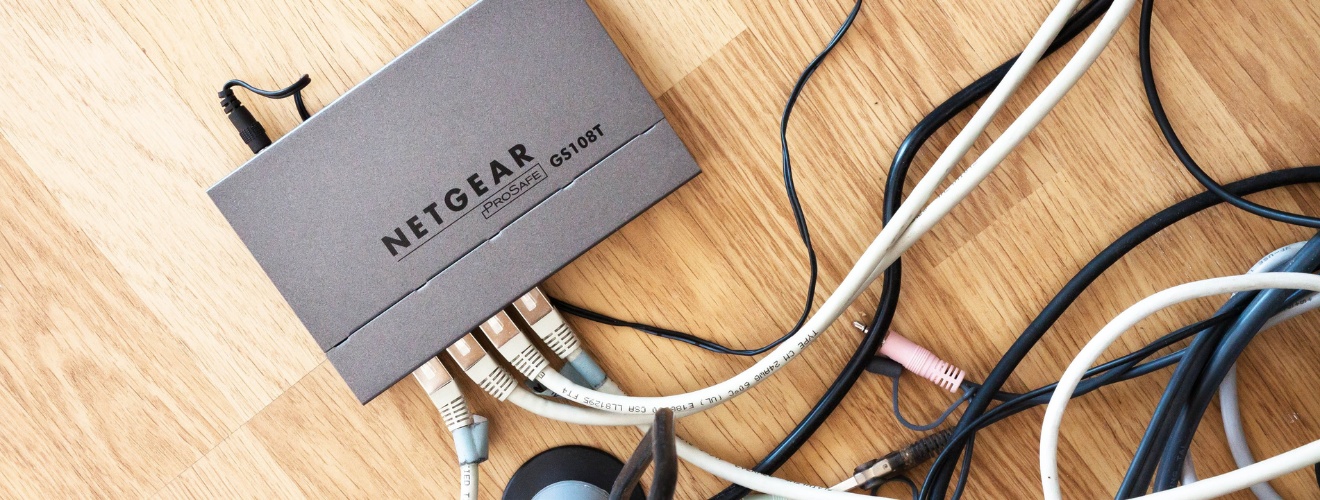Networking
Latency Profiles: How Networking Technologies Experience ‘Good Latency,’ and the Significance of UX

Imagine a trader squinting at multiple screens, calculating many trades daily. In the world of trading, where every millisecond can be the difference between profit and loss, low latency becomes an issue. Picture a gamer on the brink of victory when sudden lag snatches the win, showing that low latency can make or break the experience. These examples show that “low latency” has different meanings across various use cases and industries. For network managers, it’s crucial to map user expectations to the right technical requirements. This helps teams use networking technologies that improve user experiences and meet quality standards. Understanding how different users perceive latency helps organizations prioritize investments and avoid over-engineering solutions where they’re not needed.
Mapping networking technologies to latency expectations
Start by profiling tasks within networks. Teams often get lost in technical measurements, but the most meaningful latency metrics start with a clear goal. Match perceived user experiences with underlying networking technologies and build monitoring systems that encompass both. For example, a video call and a file upload may traverse the same network but require very different latency tolerances to feel smooth to the user.
Industry profiles & appropriate latency levels
Trading: Latency under 100 ms is the right amount of latency to achieve when trading in order to must co-locate trades and use specialized stacks.
Cloud gaming and AR/VR: Users notice 20–80 ms. Prioritize jitter control and fast strategies.
IT: 50–200 ms often proves acceptable for many interactions; prioritize reliability and data transfer.
Business applications: 200–500 ms feels instant; user interfaces encounter less lag and persist in the background.
Managing websites on low latency
Allow both the client and server to map out and show perceived latency on supported networks. Always use an adaptive UI on websites and applications: avoid flooding the interface with loading screens, hide network retries, and design smooth webpage transitions. For further reading on networking and emerging real-world technologies such as Wi-Fi 6 and SD-WAN, check the internal resource on networking technologies.
Latency on the internet is ultimately measured by your actions as a user. When teams tune networking technologies to UX, they reduce friction and keep more users.
Tags:
Broadband TechnologiesNetwork InfrastructureNetworking HardwareAuthor - Abhinand Anil
Abhinand is an experienced writer who takes up new angles on the stories that matter, thanks to his expertise in Media Studies. He is an avid reader, movie buff and gamer who is fascinated about the latest and greatest in the tech world.